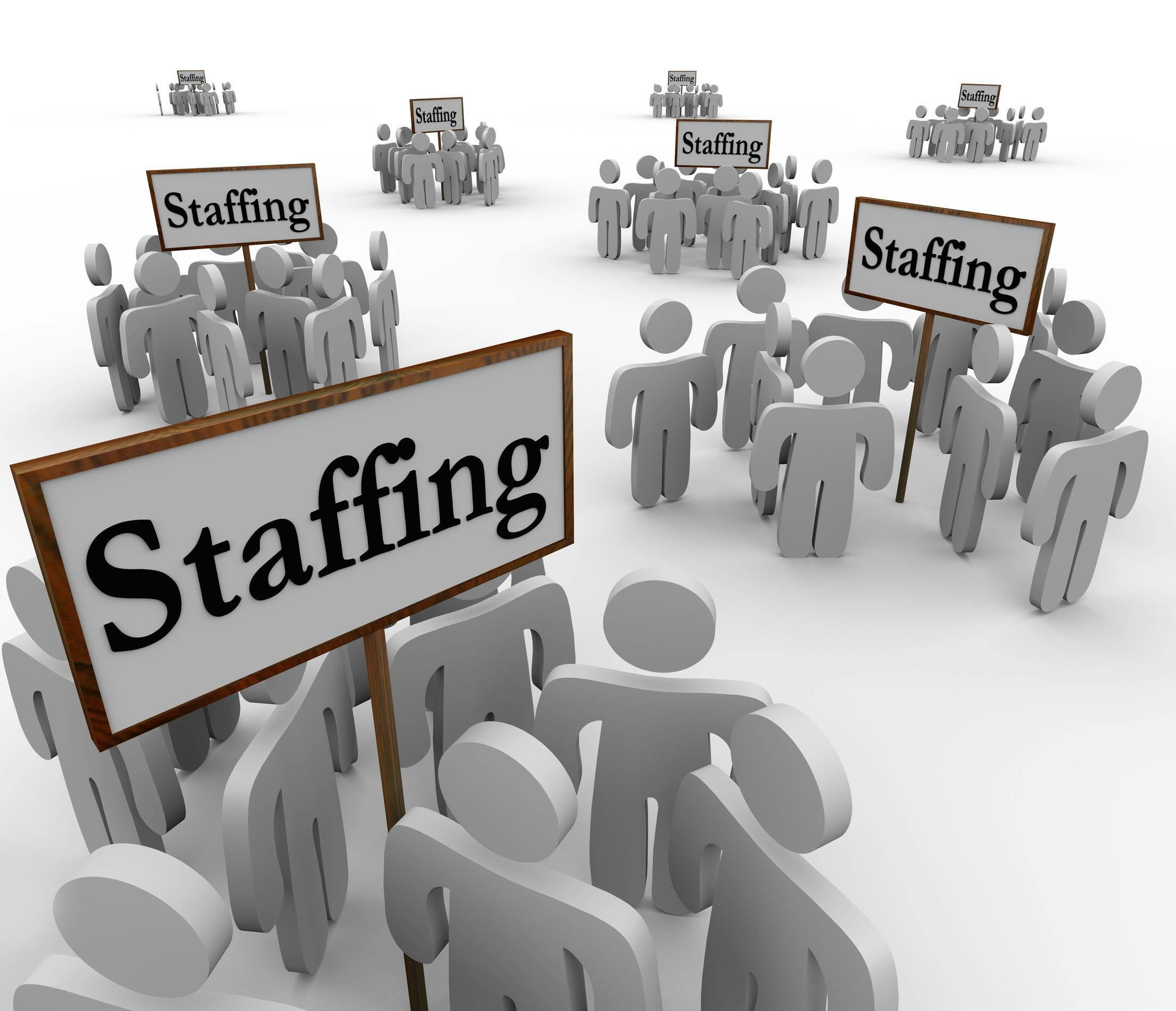 After slowing for four consecutive quarters, demand for temporary workers is predicted to increase in this first quarter of the year.
After slowing for four consecutive quarters, demand for temporary workers is predicted to increase in this first quarter of the year.
The Palmer Forecast released this week says temp staffing should increase by 4.2% on a seasonally adjusted basis over the first quarter of 2015. If the forecast is correct, it will be the first increase in sequential quarterly year-over-year growth since 2014.
In the 4th quarter of 2014, temp hiring increased for the quarter by 6.42%. Through the end of 2015, while each quarter showed an increase over the prior year, from quarter to quarter the increase got smaller. For the last quarter of 2015, temp employment increased by 3.52%, the smallest quarterly growth since Q1 of 2010.
“Our temporary help forecast for the 2016 first quarter continues to demonstrate improvement, with growth slightly accelerating compared with the previous quarter,” said Greg Palmer, founder and managing director of G. Palmer & Associates, a California human capital advisory firm.
“Although this is the 24th consecutive quarter of year-over-year increases in demand for temporary workers, the data continue to show that temp help as a percentage of new job growth is tapering off,” Palmer added, “which historically indicates the likelihood of increases in pricing, wages, gross margins, direct hires and conversion fees in the staffing industry.”
Employment by the temp staffing industry at the end of 2015 came to 2.96 million workers on a seasonally adjusted basis, a historic high, according to data from the Bureau of Labor Statistics. Employment was 3.05 million on an unadjusted basis.
“One of the most revealing indicators to watch relative to temp help growth is the temp help penetration rate, which is significant because it measures temp help as a percentage of total employment. In December, the penetration reached an all-time high at 2.06% of the total labor market from a low of 1.34% in June 2009,”said Palmer.
